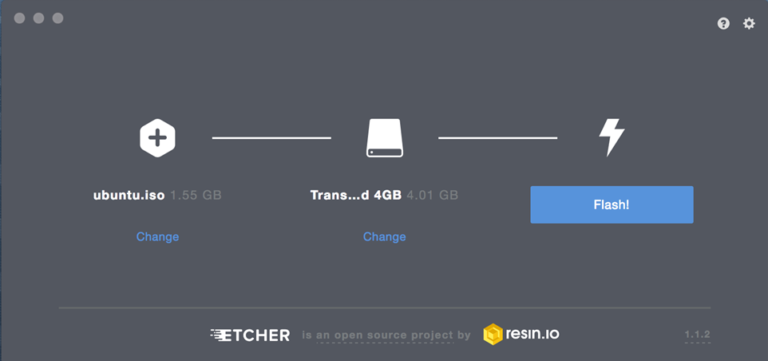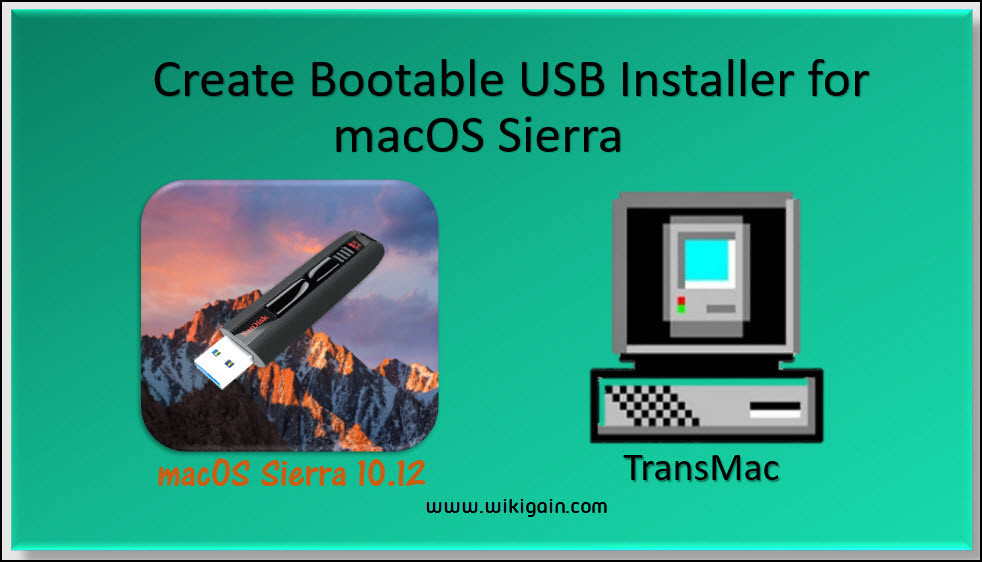

- #Make a bootable usb for linux on a mac how to#
- #Make a bootable usb for linux on a mac mac os x#
- #Make a bootable usb for linux on a mac mac os#
- #Make a bootable usb for linux on a mac install#
- #Make a bootable usb for linux on a mac password#
This solution is optimal to make a test Ubuntu since we will not install anything in the hard disks of the computer.
#Make a bootable usb for linux on a mac how to#
So let’s see how to put Ubuntu in this small and convenient portable device and create a Ubuntu bootable USB in the perfect way. It would be convenient to always have the Linux Ubuntu operating system with you, but how can you do that? The solution is quite fast: all you need is a simple USB Pendrive on which you can install the ISO image and set the PC to boot via USB. Transfer the ISO file to the USB flash drive.How to create a Ubuntu bootable USB for Windows and other operating systems.Preparing your USB to install Linux on USB.With OWC external drives available for as little as $79.75, it’s inexpensive insurance. It’s a great idea to have a bootable install disk available for those rare emergencies when you might need to re-install your Mac operating system and Recovery Mode isn’t working. Click Continue, then follow the onscreen instructions. Select Install macOS (or Install OS X) from the Utilities window.If you’re unable to start up from the bootable installer, then you’ll need to use these instructions from Apple to allow booting from external media. Select the volume with the bootable installer, then click the Up arrow or press Return.Release the Option key when a dark screen appears displaying your bootable volumes.Restart or turn on your Mac, then immediately press and hold the Option (Alt or ⌥) key.Select the volume with the bootable installer, then click Continue.It displays all bootable volumes (which should be your installer and the internal drive on your Mac), and a gear icon labeled “Options”. Turn on the Mac and continue to hold down the power button until you see the startup options window.Plug your bootable installer into a Mac that has an Internet connection and that is compatible with the version of macOS you’re about to install.Otherwise, use the instructions for an Intel processor. If it shows Apple M1 or another Apple chip, then follow the Apple silicon instructions. To see if your Mac uses Apple silicon, select About This Mac from the Apple () menu. Terminal at the successful conclusion of the createinstallmedia commandĭo you have a Mac with Apple silicon? If so, there’s a slightly different process. Terminal displays the progress of the erasure. When you’re asked, type Y to confirm that you want to erase your bootable installer volume, then press Return.Note that for security, Terminal doesn’t display characters as you type your password.
#Make a bootable usb for linux on a mac password#


#Make a bootable usb for linux on a mac mac os#
For this article, I used a 2TB USB hard disk drive erased and formatted as Mac OS Extended and given the name Installer.
#Make a bootable usb for linux on a mac mac os x#
The installer has the name “Install macOS ”.įor Mac OS X El Capitan, the link downloads a disk image file named InstallMacOSX.dmg. For macOS Big Sur, macOS Catalina, macOS Mojave or macOS High Sierra, the links download an installer directly into your app folder.

To ensure that you’re getting a valid, un-hacked, and legal version of macOS, you need to download it directly from Apple. The macOS Big Sur download page in the Mac App Store


 0 kommentar(er)
0 kommentar(er)
